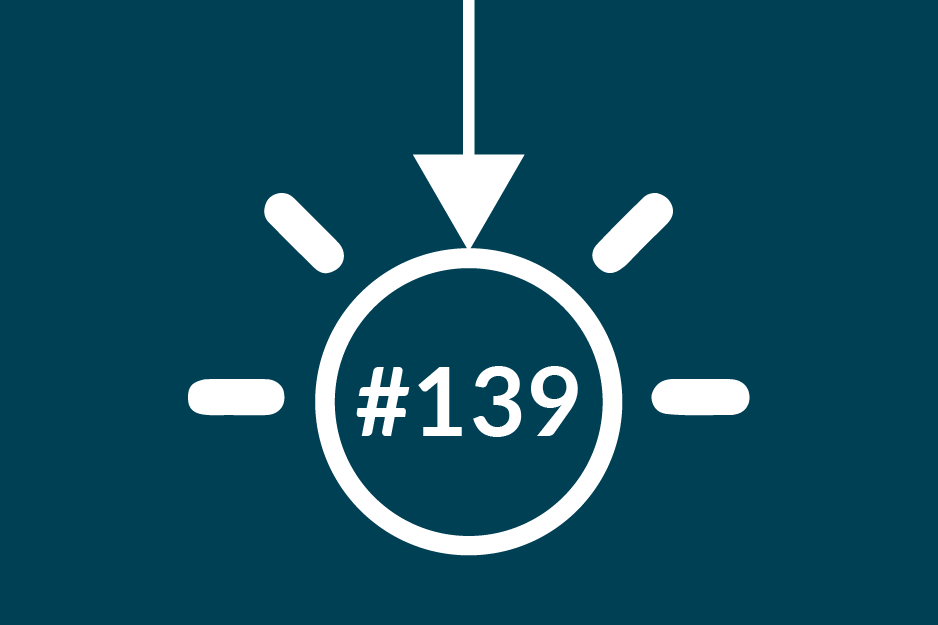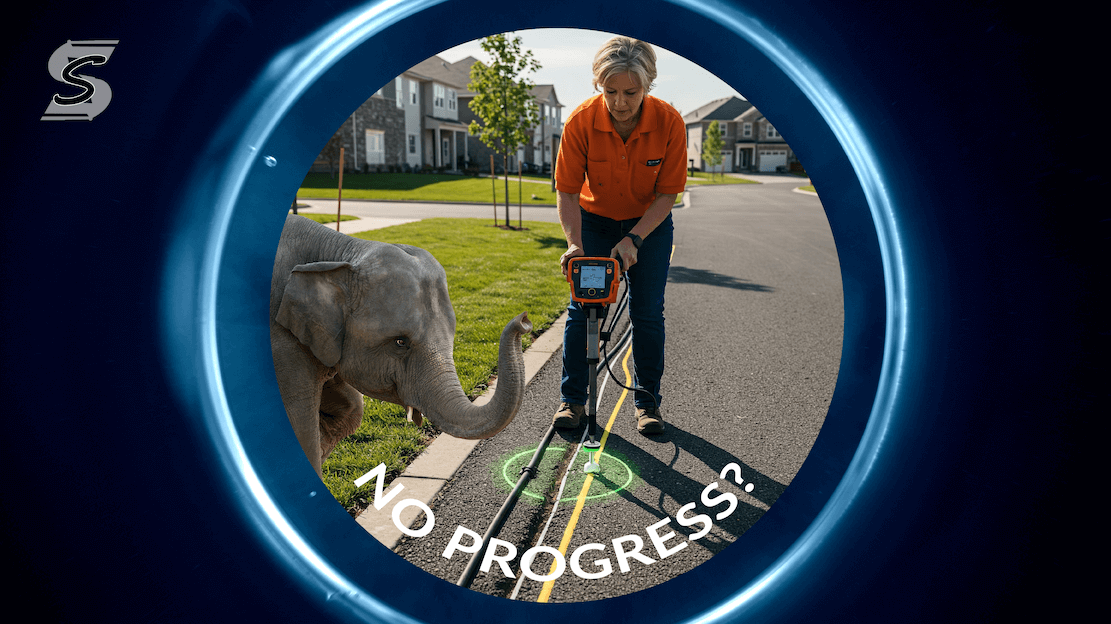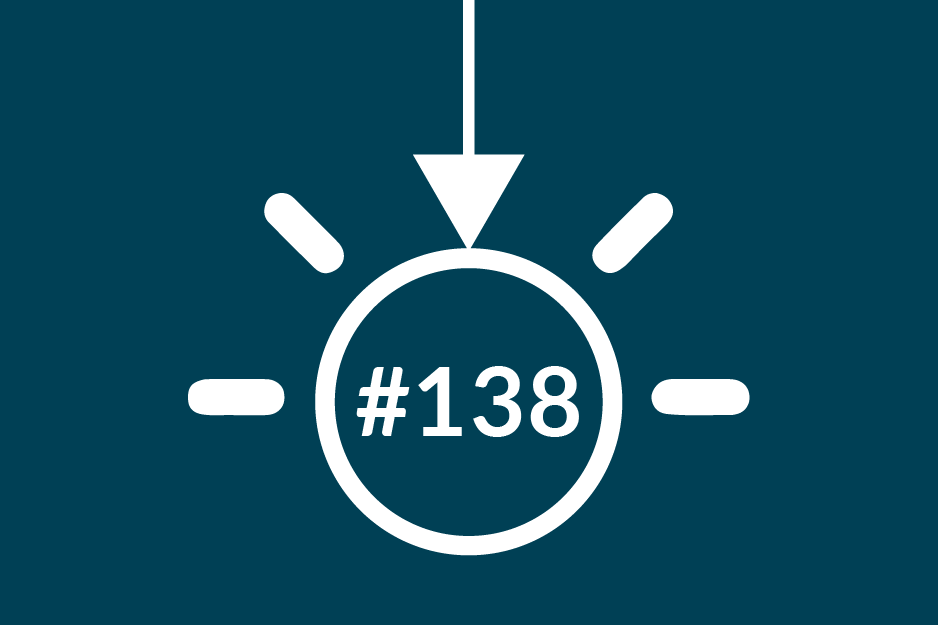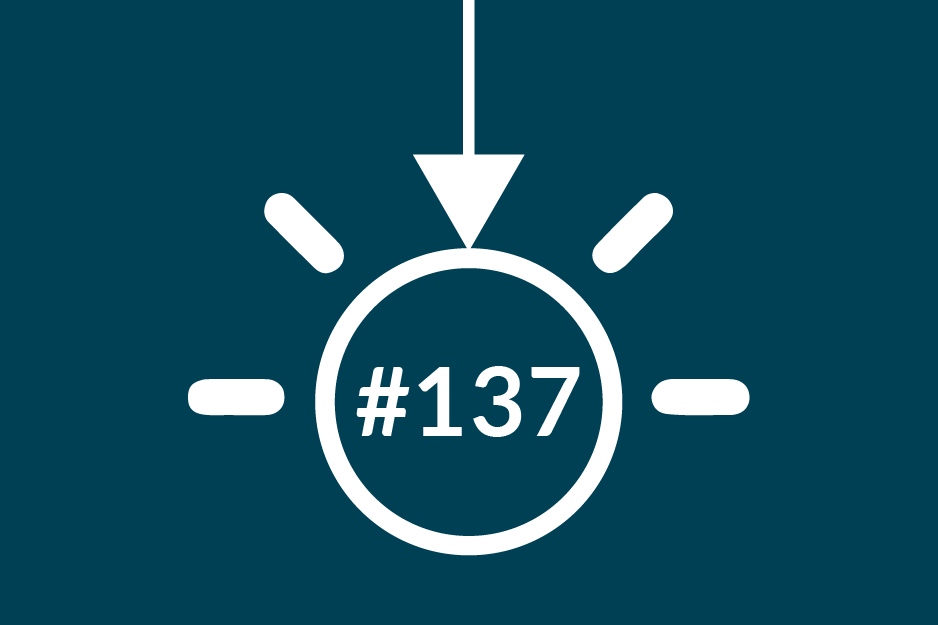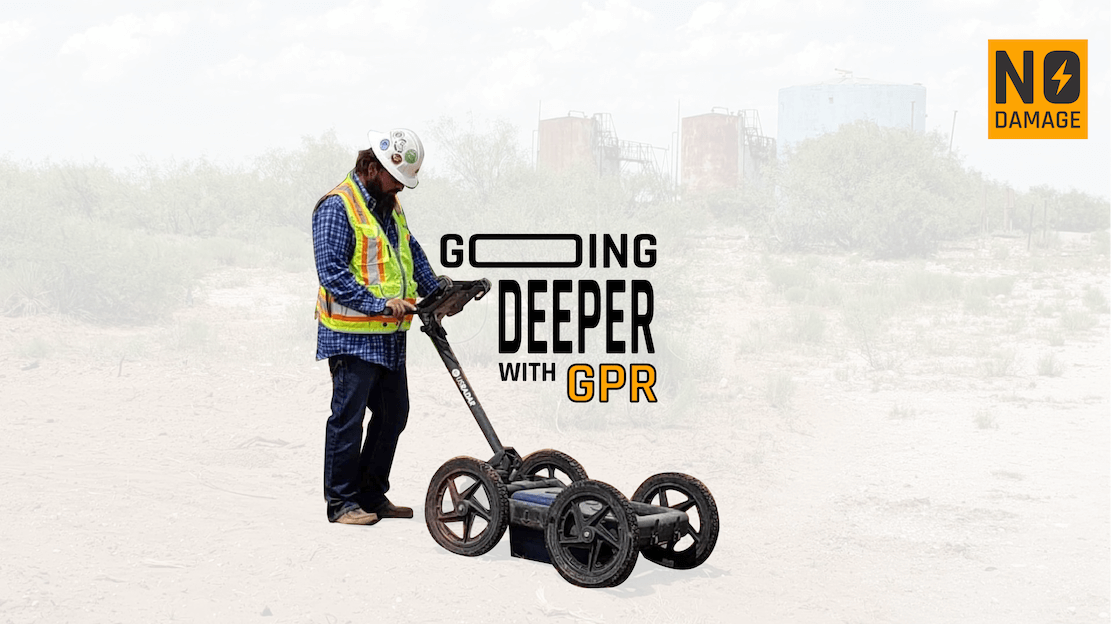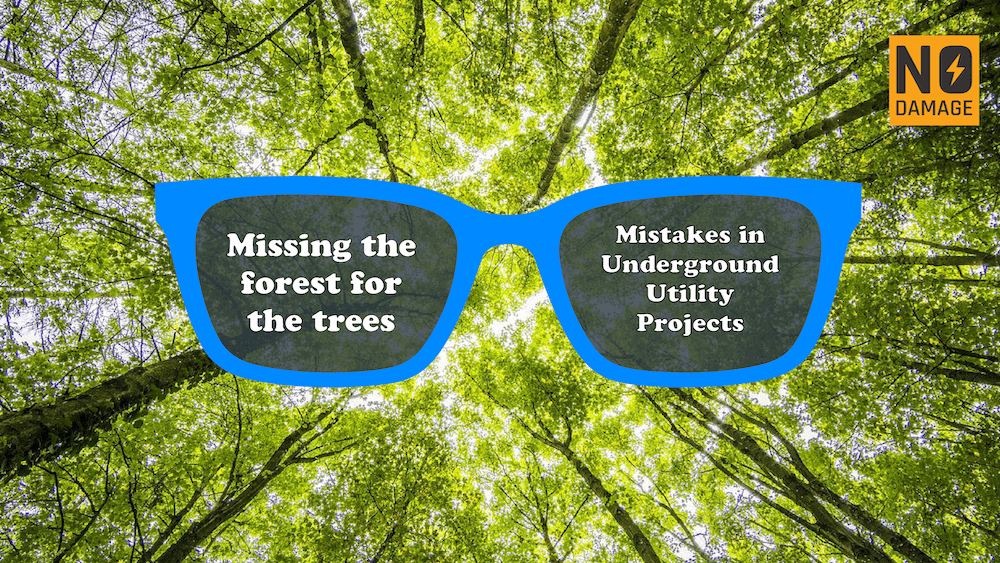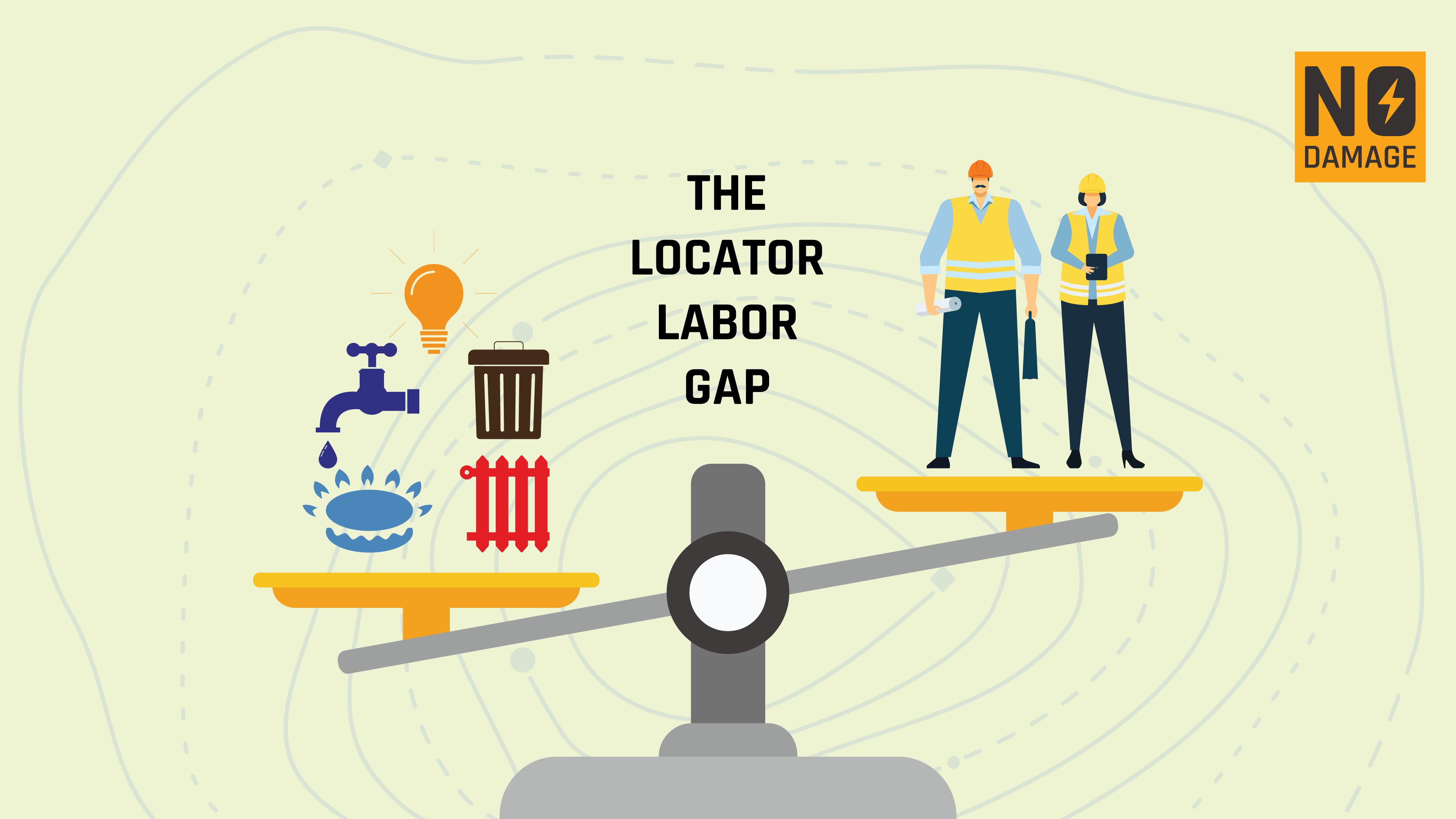
Last week, I had the opportunity to attend the CGA Summer Committee Summit, which brought together over 180 damage prevention professionals to tackle the top three excavation root causes. These root causes accounted for 28% of damages to buried utilities in 2023.
Key action items and discussions from the Summit included updates to six Best Practices in Chapter 3, which were approved by the Committee. These updates addressed voice records, caller feedback, printed ticket recalls, 811 Center data, and locate information sharing with excavators. All working groups provided updates, and five new groups were approved to explore ideas presented in Nashville.
One of the most beneficial sessions I attended was the joint meeting sponsored by Utilocate, which included the DPI and Data Reporting & Evaluation committees. The Damage Prevention Institute (DPI) focused on prioritizing peer review candidates and the need for enhanced metrics for facility operators, locators, and excavators, resulting in the formation of task teams for each stakeholder group. Additionally, new flex fields for DPI participants were introduced with minor revisions proposed. During the Data Reporting & Evaluation session, a high-level preview of 2023 DIRT data was shared. The Committee also reviewed progress on the new DIRT user interface, which features a new individual/incident event form, site content, and plans for user-level dashboards. A draft flow chart for identifying root causes was reviewed, receiving minor revisions before being finalized.
In a general session, Craig Ingram from Tennessee 811 reported on the efforts by the Tennessee Damage Prevention Committee. His presentation included updates on recent laws and regulations in the state, challenges of daylighting utilities in state roadways, and data on reported violations, training offered in lieu of penalties, and enforcement of penalties. Craig did an excellent job highlighting how they are transitioning to a more proactive approach, staying ahead of the curve in terms of legislation, technology, and collaboration with fellow stakeholders.
I also participated in the Technology Committee meeting, where we explored potential ideas and sources for future case studies and webinars, focusing on the process for vetting, drafting, reviewing, and finalizing these studies. Representatives from Wavemode Thunderbird gave an insightful presentation on their technology, which uses Electrical Resistivity Tomography (ERT) to image subsurface structures. It was fascinating to see how they had used this technology with Chick-Fil-A to map out crucial infrastructure. Discussions also centered on how technology can mitigate damages caused by insufficient potholing and maintaining clearances. For example, using Ground Penetrating Radar (GPR) and Real-Time Kinematic (RTK) technologies can significantly improve the success rate of locating target facilities during potholing, leading to lower costs and higher efficiency. Additionally, capturing GPS coordinates when installing or exposing pipes can enhance mapping accuracy over time, resulting in more precise locating and fewer unsuccessful potholes.
It’s always enjoyable to reconnect with industry friends in a vibrant city like Nashville. Still, it was especially rewarding to dedicate time to focus on the main challenges related to excavation root causes for damages and work collaboratively towards solutions.
Share this Post



